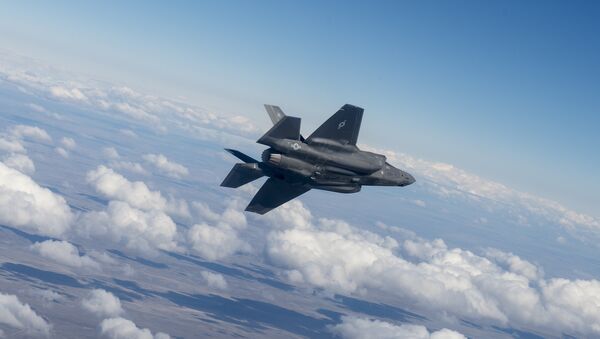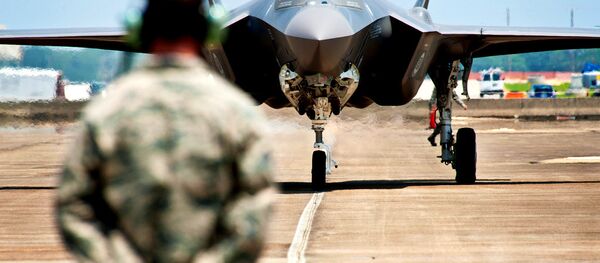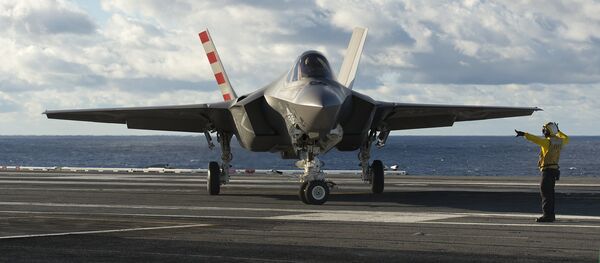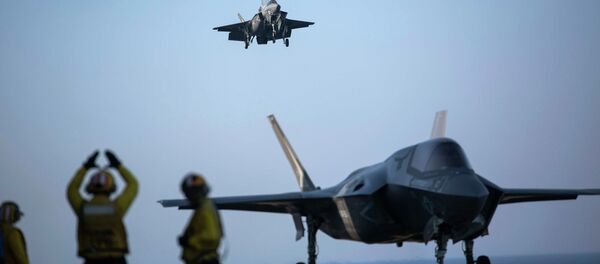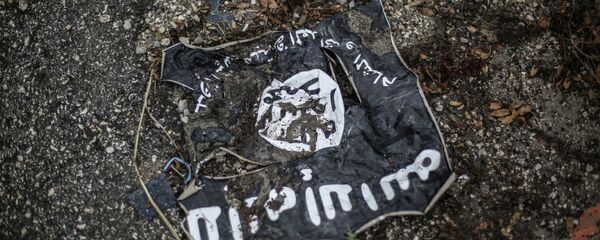Defense Minister Peter Christensen earlier said the total lifetime costs of the new fleet would reach 56.4 billion kroner (8.7 billion dollars), whereas a recent Radio24syv report indicated the total cost of 28 fighter aircrafts over a 30-year lifespan, including equipment and maintenance, actually could run as high as a staggering 100 billion kroner (roughly 15 billion dollars).
However, the government's pick of the F-35 was all but unexpected, combat aircraft expert and editor of trade magazine nytkampfly.dk Anderas Krog argued.
"F-35 has been the favorite for the last 10 years. Our close allies, the ones we usually go to war with, also use the aircraft. This means that we will join the large circle of users for the most part most of the aircraft's life," Andreas Krog said as quoted by Danish Radio.
"The F-35 is the obvious choice, whether Denmark should participate in international operations or enforce its own sovereignty against, for example, Russia," professor of political science Mikkel Vedby Rasmussen from the University of Copenhagen told the tabloid BT.
Despite the government's recommendations, a new political quarrel is likely to ensue around the size of the procurement. Party clashes are inevitable, as the Conservatives immediately said that there should be at least 30 jets while the left-wing Socialist People's Party countered that Denmark should only purchase 18 to 24, whereas the Red-Greens and the Alternative continue to argue against buying warplanes altogether.
Denmark currently has a fleet of 30 F-16 fighter jets that have been in service since 1980. Since the F-35 will first be "fully operational" in 2027, there will be a gap of three years, when Denmark's air force will be unable carry out its international duties, as the current F-16s will soon become obsolete, Defense Minister Christiansen admitted to newspaper Fyens Stiftstidende.
Danish Delight! Congratulations from @Kon_Luchtmacht to #Flyvevabnet on the #F35! pic.twitter.com/XfJXUG758l
— André Steur (@andresteur) May 12, 2016

